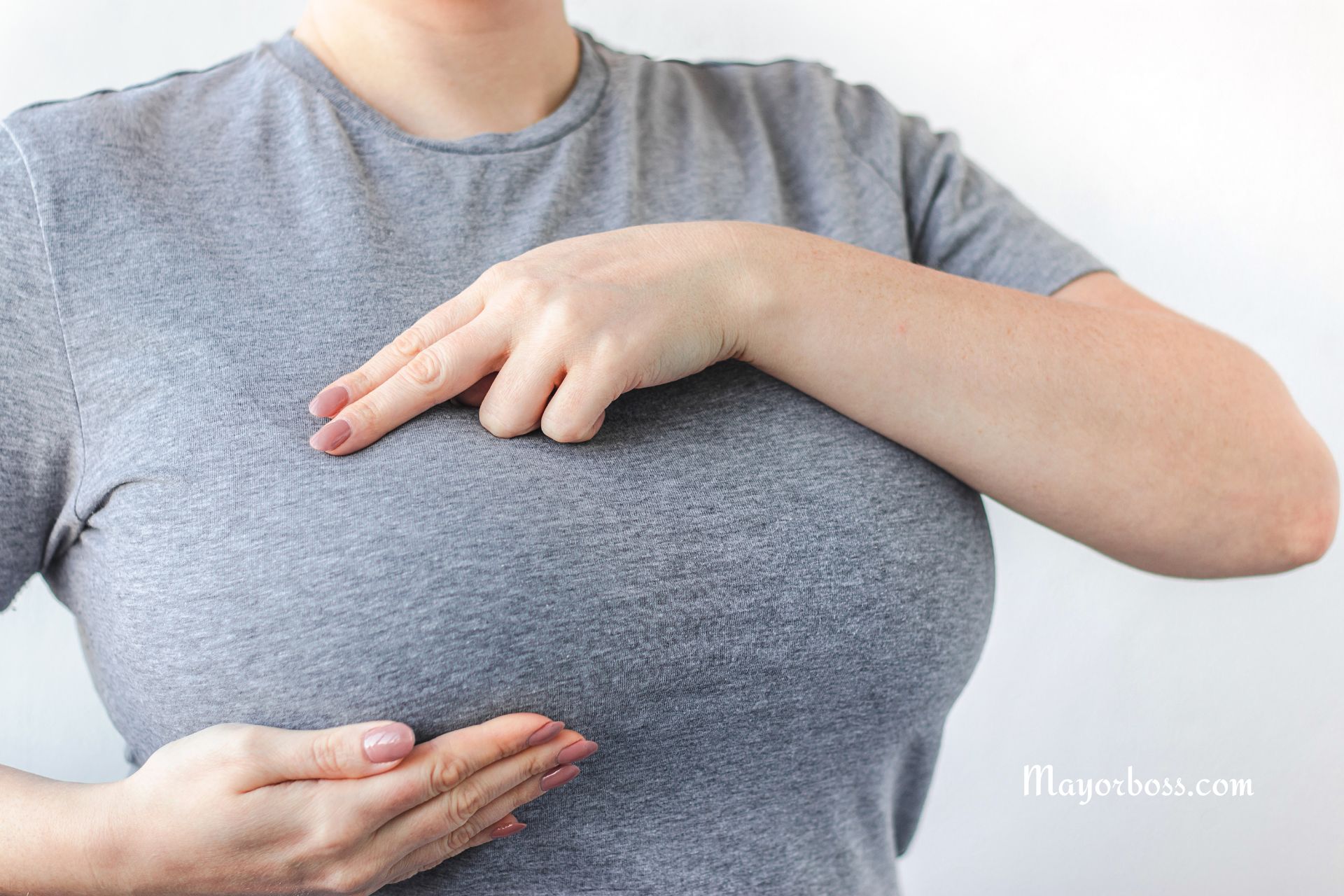Black Spot on Nipple: Causes, Concerns, and When to See a Doctor
Discovering a black spot on your nipple can be alarming, but it’s essential to understand that there are many potential causes – most of them entirely harmless. This article will explore the common reasons behind a black spot on the nipple when such a change might indicate a need for medical attention and what you can expect during a doctor’s visit.

Common Causes of a Black Spot on the Nipple
- Moles: Moles, or nevi, are clusters of pigmented cells that frequently appear on the skin. They can be flat or raised, dark brown, black, or other colors. Harmless moles on your nipple are perfectly normal.
- Ingrown Hair: Ingrown hairs develop when shaved or plucked hairs curl back and grow into the skin, sometimes causing a darkened bump that looks like a black spot.
- Clogged Pore: Pores can become clogged with oil and dead skin cells, particularly on the areola (the darker area surrounding the nipple). This may present as a blackhead, similar to what you might see on your face.
- Montgomery Tubercles: These are small, harmless bumps on the areola that contain glands producing lubricating oils. They can sometimes become more pronounced and darken, especially during hormonal fluctuations.
- Hormonal Changes: Puberty, pregnancy, breastfeeding, and certain medications can cause pigment changes in the nipple and areola, potentially causing dark spots to appear.
When Does a Black Spot on the Nipple Require Medical Attention?
While most cases of a black spot on the nipple are benign, it’s essential to see a doctor if you notice any of the following concerning changes:
- Growth or Change: A new mole that appears on the nipple or a pre-existing mole that changes in size, shape, or color or becomes itchy or bleeds.
- Crusting, Scaling, or Ulceration: A black spot that develops a crusty or scaly surface, or which becomes an open sore.
- Discharge: Any discharge from the nipple, particularly if it appears bloody or only comes from one duct.
- Irritation, Redness, or Pain: If the area around the black spot is inflamed or causes discomfort.
These changes may indicate more serious conditions, including:
- Melanoma: A type of skin cancer that can occur on the nipple. Early detection is crucial for successful treatment.
- Paget’s Disease of the Breast: A rare form of breast cancer that usually starts in the nipple and may present with a darkening or change in the skin.
- Infection: If a clogged pore or ingrown hair becomes infected, it may become red, pus-filled, and painful.
What to Expect at the Doctor’s Office
If you are concerned about a black spot on your nipple, your doctor will:
- Take a Medical History: They’ll ask about your symptoms when you noticed the spot, if there have been changes, and about your overall health.
- Perform a Physical Examination: The doctor will carefully examine the spot and surrounding tissue to assess its characteristics.
- Possible Tests: Depending on the suspected cause, your doctor may recommend a biopsy (taking a small sample of tissue for analysis), imaging studies like a mammogram, ultrasound, or other diagnostic tests.
Frequently Asked Questions
- Is a black spot on my nipple dangerous? Most of the time, no. But it’s important to get it checked by a doctor to rule out any serious underlying causes.
- Can I remove a black spot on my nipple myself? Never attempt to remove, squeeze, or pick at the spot. This can lead to infection or scarring.
- How long will it take for a black spot on my nipple to go away? This depends on the cause. Benign spots may go away on their own or remain unchanged, while conditions requiring medical attention will need appropriate treatment.
Summary
A black spot on the nipple often has a harmless explanation, like a mole, clogged pore, or hormonal change. However, keep a careful eye on any spots and report these changes to your doctor:
- New growth or an existing spot changes in size, shape, or color
- The spot bleeds, forms an open sore, or becomes scaly
- There is discharge coming from the nipple
- You have pain or irritation in the area
